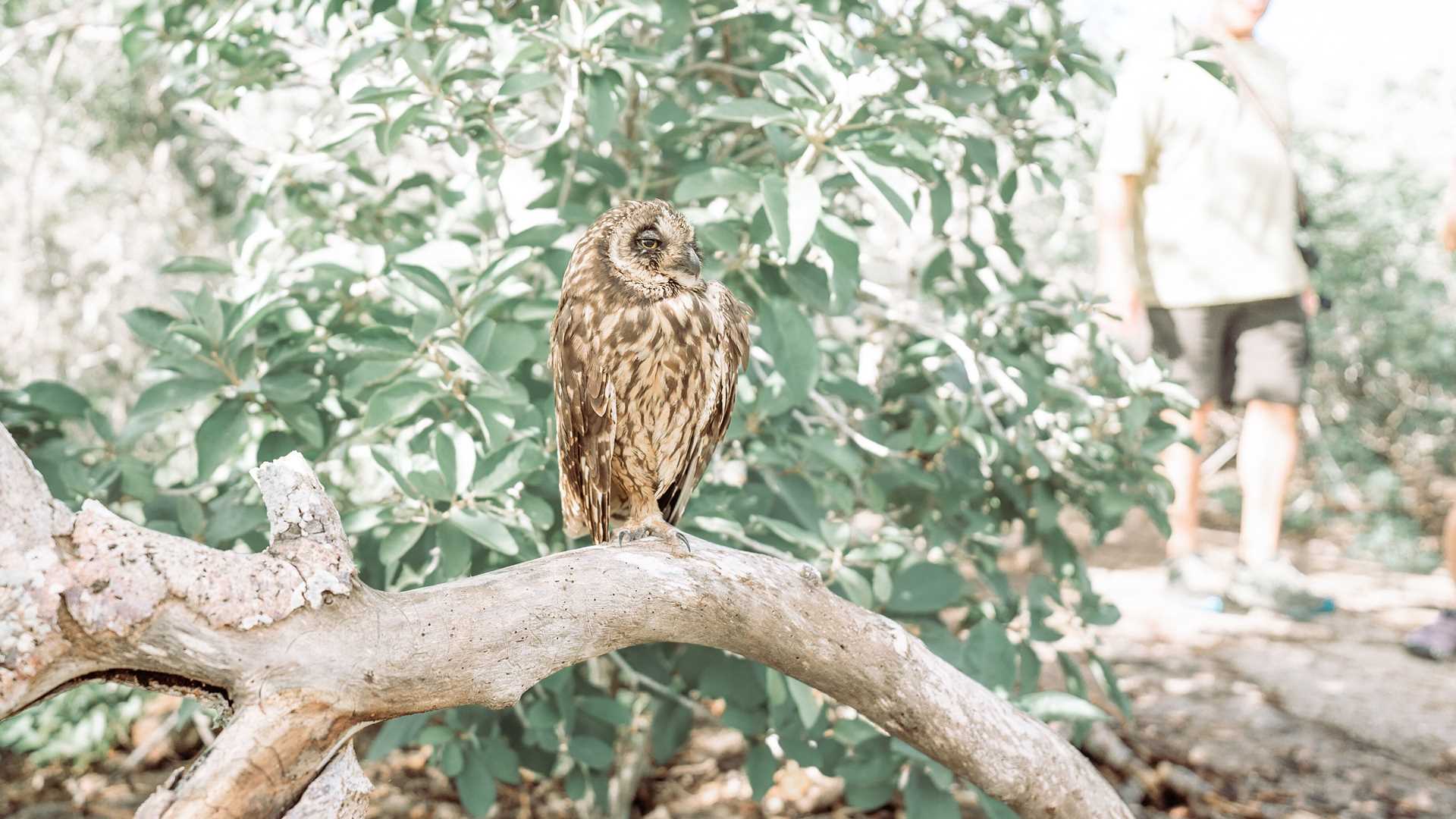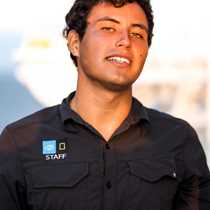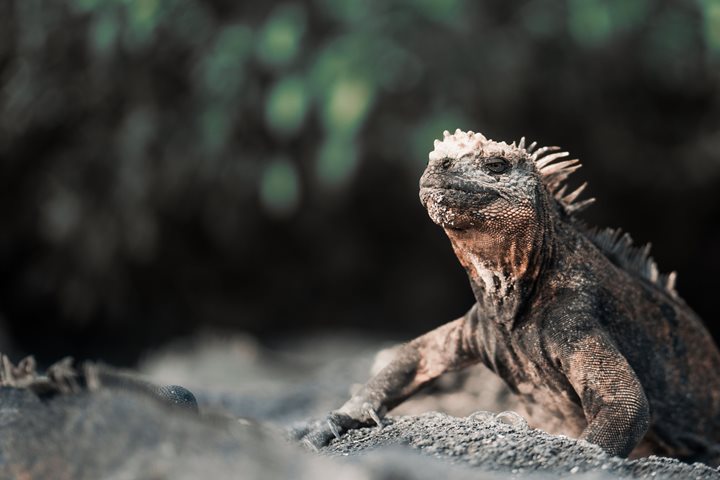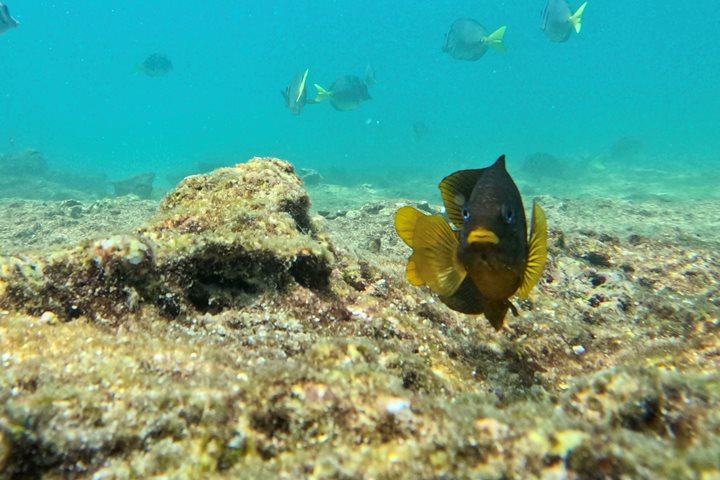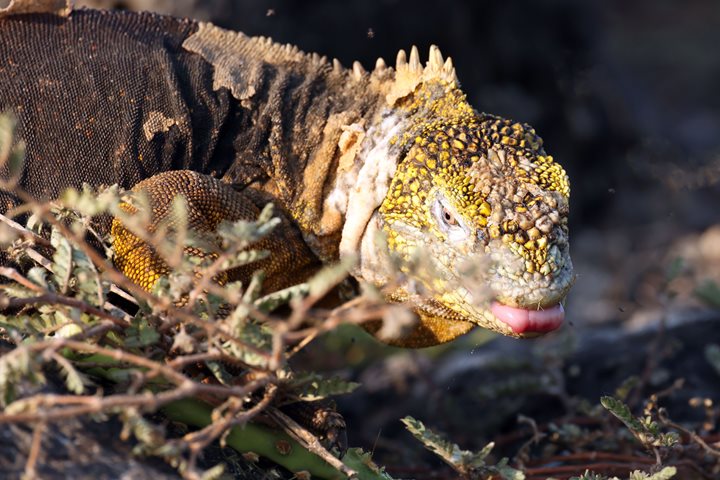Today we woke up at Genovesa Island, a small island also known as Tower Island located on the northeastern side of the Galápagos. Genovesa is a protected area and access is restricted to authorized tour operators. The island’s unique birdlife and geology make it a popular destination for ecotourism, and efforts are being made to protect the island’s fragile ecosystem from the impact of visitors.
Genovesa Island is a relatively young island in geological terms, having formed less than one million years ago. The island is the remnant of a volcanic caldera, which collapsed and created a horseshoe-shaped bay. The island’s terrain is characterized by steep cliffs, rocky outcrops, and sandy beaches. It is popular due to its unique birdlife, geology, and human history.
We started our day visiting Prince Phillip’s Steps, where we encountered two kinds of boobies, Nazca and red-footed. The island is home to the largest population of red-footed boobies in the Galápagos. These birds are known for their bright red feet, which are used to attract mates during the breeding season. Nazca boobies, on the other hand, are known for their distinctive white plumage and black masks. In addition to the boobies, Genovesa is also home to the swallow-tailed gull, lava gull, storm petrel, and the red-billed tropicbird. The island’s unique ecosystem and lack of predators has allowed these birds to thrive and adapt in unique ways.
As a fitting finale to the expedition, we also snorkeled with sea lions, kayaked in the caldera, swam at the beach, and enjoyed a sunset cocktail. A wonderful day!

